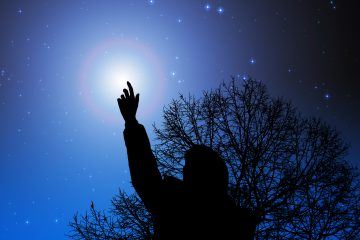by Thomas Larson

One late spring day in my twelfth-grade English class, my teacher carried a box up and down the aisles, handing each of the thirty students a new Signet Classic paperback. Mr. Demorest, who had a waddle under his chin and a doo-wop singer’s curve in his hairdo, said this novel might be tough reading and pledged plenty of mimeos. He said the school district had prepared us by reading, in previous grades, Silas Marner, Lord of the Flies, A Separate Peace, and The Scarlet Letter, whose baroque language (“Fruits, milk, freshest butter, will make thy fleshy tabernacle youthful”) brought a cascade of snickers from the back of the room. Demorest said that he’d taught this novel before, but he’d be reading it with us again, since with literature there was always more to glean. That word glean fell inside me like a coin tossed in a fountain. The novel was Thomas Hardy’s Tess of the D’Urbervilles.
Demorest said to get through the first 50 pages until Tess meets Alec. What’s the story? It’s about a girl becoming a woman. As we’ll see, she has a child by one man, Alec, runs from him and marries another, name of Angel. Angel is her true love but, fearful he’ll discover her dark secret on his own, confesses the child’s fate to him. Mortified, Angel abandons her, and she ends up with the first man again, with whom she is forced, for the sake of her family and her reputation (what’s left of it) to—well, you’ll see, he said. Don’t get hung up on the names of English villages. You might look up any Biblical allusions. Pay close attention to how the book makes you feel. Does it make you feel? Where in the story are you moved? Make a mark. Do you care what happens to Tess? Why? Think about it—what does Alec and Angel want from Tess and what does she want from these two men, opposites though they may be? Read more »

